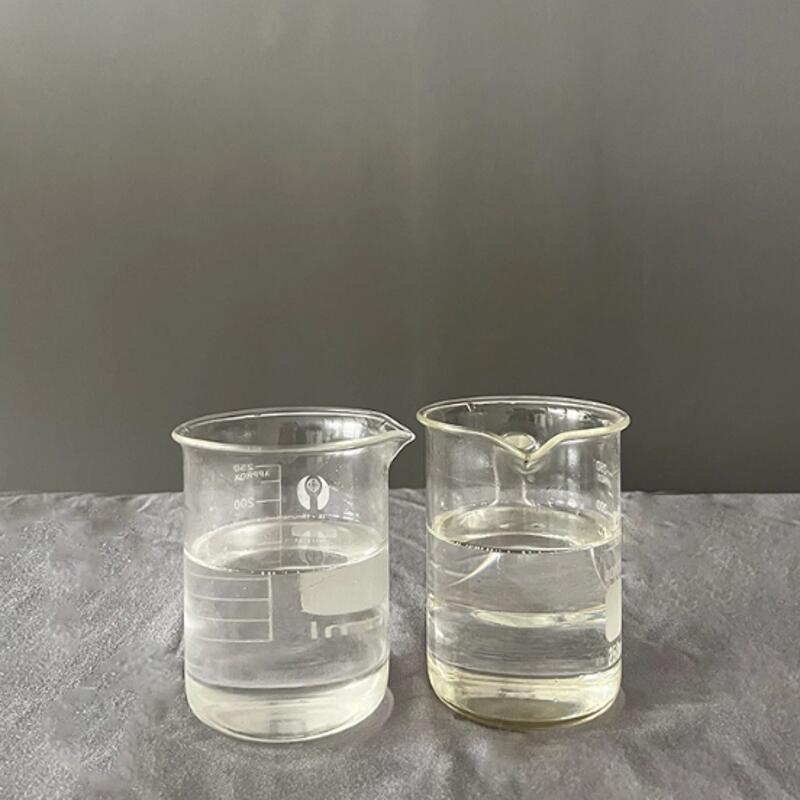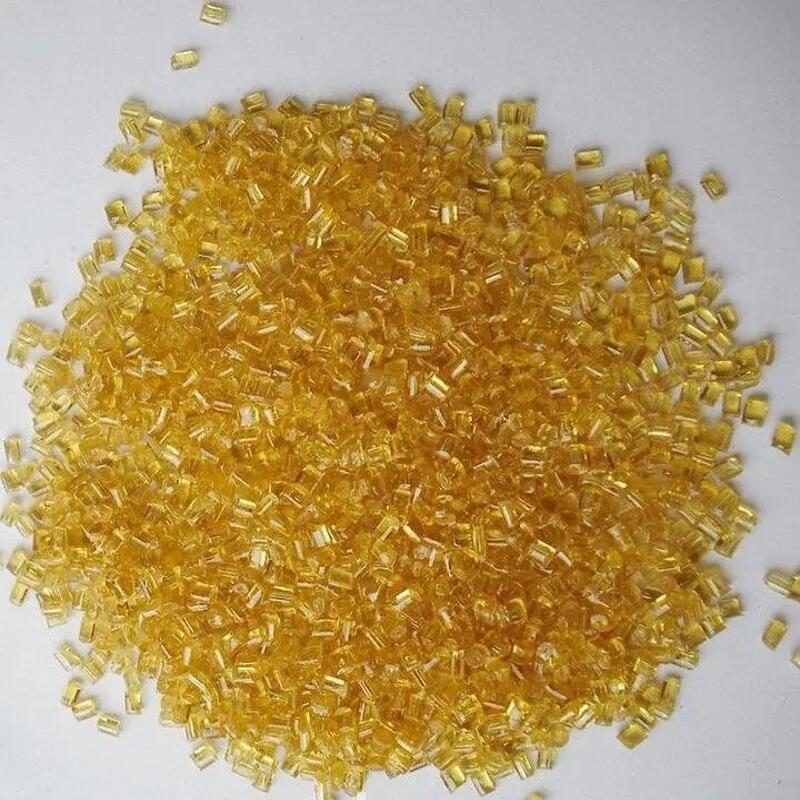-
Categories
-
Pharmaceutical Intermediates
-
Active Pharmaceutical Ingredients
-
Food Additives
- Industrial Coatings
- Agrochemicals
- Dyes and Pigments
- Surfactant
- Flavors and Fragrances
- Chemical Reagents
- Catalyst and Auxiliary
- Natural Products
- Inorganic Chemistry
-
Organic Chemistry
-
Biochemical Engineering
- Analytical Chemistry
-
Cosmetic Ingredient
- Water Treatment Chemical
-
Pharmaceutical Intermediates
Promotion
ECHEMI Mall
Wholesale
Weekly Price
Exhibition
News
-
Trade Service
The Model 3 model produced by Tesla's Shanghai Gigafactory has been officially delivered!
From construction to delivery, Tesla’s Shanghai Gigafactory took less than a year, creating a proper Shanghai speed and setting a record for the speed of construction and production in China by global auto manufacturers!
According to reports, Tesla held a delivery ceremony for the Model 3 on December 30, and 15 of the company's employees received the cars they had purchased
.
On December 30, Tesla Shanghai factory held a delivery ceremony for the first batch of employees of the Model 3 made in China
.
The Model 3 sedan made in China is priced at 355,800 yuan (about $50,000) excluding subsidies
.
The company previously said it hoped to start deliveries of Model 3s made at the Shanghai plant before the Chinese New Year
.
"From now on, the Chinese-made Model 3 sedan will run on the streets of China,
" said Tao Lin, Tesla's global vice president, at the delivery ceremony
.
The localization rate of parts and components is 30%, and 100% localization by the end of 2020
The localization rate of parts and components is 30%, and 100% localization by the end of 2020Tesla's Shanghai Gigafactory started construction in January 2019 and cost $2 billion to build.
The factory is China's first wholly foreign-owned auto factory and Tesla's third Gigafactory in the world
.
The new plant achieved trial production in November, with a production capacity of 250,000 vehicles per year in the first phase and a total production capacity target of 500,000 vehicles per year
.
The localization rate of parts and components of the domestic Model 3 in the early stage is 30%, and it will reach 70% in mid-2020.
It is expected to achieve 100% localized production by the end of 2020
.
Tesla Model 3 materials, technical highlights
Tesla Model 3 materials, technical highlightsSo, what are the highlights of this much-watched Tesla Model 3 in terms of materials and technology?
For example, in addition to a small amount of soft materials, the interior baffles of Model 3 still use hard plastics
.
The doors feature a one-piece plastic sealing panel with a pneumatic crash sensor
.
In a side impact, the side airbags are more responsive
.
The door holes of the Model 3 are sealed with a fairly regular rubber gasket, instead of the plaster-like butyl rubber shock absorber like the previous Model S and Model
X.
In addition, the Model 3 carbon fiber spoiler can improve the stability at high speed, so that the acceleration performance of the Model 3 can reach 0-100 km/h in 3.
4 seconds
.
New car gets new energy vehicle subsidy plus vehicle purchase tax exemption
New car gets new energy vehicle subsidy plus vehicle purchase tax exemptionOn December 6, the Ministry of Industry and Information Technology announced the eleventh batch of "Recommended Model Catalogs for Promotion and Application of New Energy Vehicles" this year, and a total of 146 newly released models entered the list
.
Among them are the Model 3 models produced at Tesla's Shanghai Gigafactory
.
Therefore, before the introduction of the subsidy policy in 2020, the corresponding subsidy stipulated by the existing policy will be obtained
.
This account, that is, a subsidy of more than 20,000 yuan, has been recognized by Tesla: "On the basis of the price of 355,800 yuan, each domestic Tesla will receive a subsidy of 24,700 yuan
.
"
Not only that, but recently, on December 27, the Ministry of Industry and Information Technology announced the latest batch of "Catalogue of New Energy Vehicle Models Exempted from Vehicle Purchase Tax" (the twenty-ninth batch), and the domestic Tesla Model 3 is among them
.
This means that domestic Teslas will also receive a vehicle purchase tax exemption on top of the subsidies
.
New energy vehicles drive upstream material demand
New energy vehicles drive upstream material demandDue to the high degree of correlation of the automobile industry, it can drive the increase in consumer demand for upstream and downstream and peripheral products
.
According to the research results of the Development Research Center of the State Council, the experience of developed countries shows that every 1 yuan of value added by the automobile industry will bring 0.
65 yuan of value-added to the upstream industry and 2.
63 yuan of value-added to the downstream industry
.
The growth of new energy vehicles is bound to drive the demand for upstream materials including plastics, plastics and rubber, especially for plastics, which can be widely used in new energy vehicles in chassis, body structure, FPC flexible circuit boards, PCB boards, On components such as interior and exterior trim systems
.
It is reported that the companies supplying materials for Tesla’s Shanghai factory Model 3 include Ningbo Joyson (interior and exterior trim systems, BMS systems), Joyson Electronics (human-computer interaction HMI), Ningbo Top (chassis, body structure), Ningbo Huaxing Technology Co.
, Ltd.
Xiang (decoration), Guangdong Hongtu (bracket) and so on
.
China is expected to become an important global export base for foreign capital
China is expected to become an important global export base for foreign capitalIn 2018, China sold a record 1 million new energy vehicles.
However, in 2019, the new energy vehicle market, which had been soaring all the way, also experienced a "five consecutive decline" in production and sales in the second half of this year due to the decline of the subsidy policy
.
Nonetheless, China has high hopes for the development of new energy vehicles and plans to increase sales of new energy vehicles to 2 million units by 2020
.
The Ministry of Commerce of China released the "Report on the High-Quality Development of China's Auto Trade (2019)" on December 30 and made the following analysis on new energy vehicles:
The opening to the outside world will be further expanded.
China will completely cancel the shareholding ratio limit and the number of joint ventures of foreign-invested auto companies in 2022.
Major multinational auto companies will definitely adjust the positioning of their companies in China, increase their production layout in China, and the scale of auto exports will increase.
Continuously expanding, China is expected to become an important global export base for many foreign brands
.
With the increasingly strict energy conservation and emission reduction regulations in major countries, new energy vehicles will gradually become the main field of future automobile market growth
.
In the next few years, China's new energy vehicle exports are expected to maintain rapid growth and become an emerging force driving vehicle exports
.
The report also shows that from the perspective of maximizing commercial interests, multinational auto companies will adjust their investment deployment and development strategies in China, especially in areas such as electrification and intelligence
.
For example, the BMW Group announced earlier that it intends to acquire a 25% stake in BMW Brilliance by 2022, and its shareholding in BMW Brilliance will exceed 50% and increase to 75%
.
According to the agreement, BMW Brilliance will continue to expand investment and production.
In the future, it will develop and produce domestically produced X5 models and pure electric models such as iX3, which will be exported to the world
.







